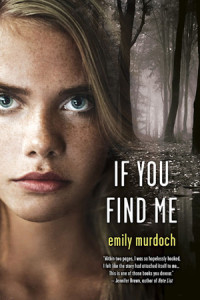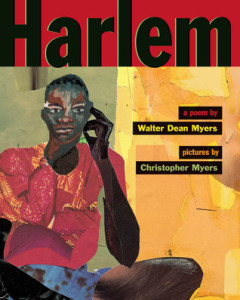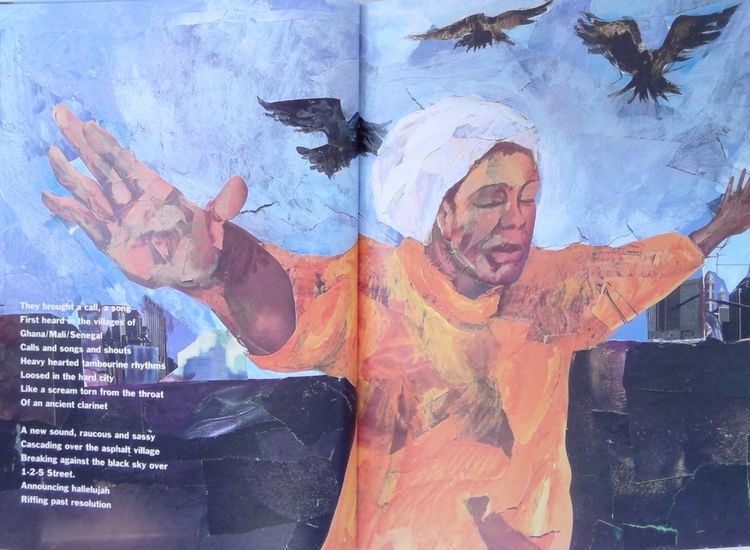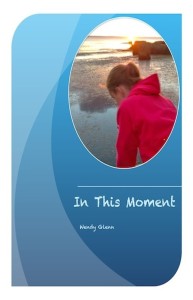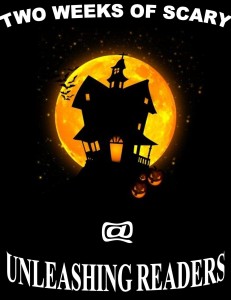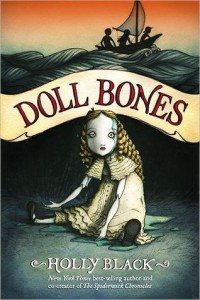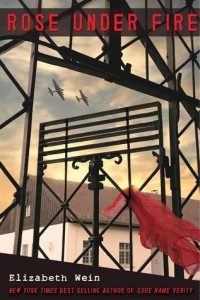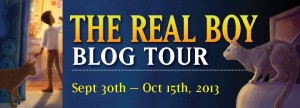
We are so excited to be part of The Real Boy Blog Tour hosted by Walden Pond Press!
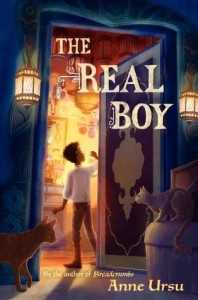
The Real Boy
Author: Anne Ursu
Illustrator: Erin McGuire
Published September 24th, 2013 by Walden Pond Press
Goodreads Summary: On an island on the edge of an immense sea there is a city, a forest, and a boy. The city is called Asteri, a perfect city that was saved by the magic woven into its walls from a devastating plague that swept through the world over a hundred years before. The forest is called the Barrow, a vast wood of ancient trees that encircles the city and feeds the earth with magic. And the boy is called Oscar, a shop boy for the most powerful magician in the Barrow. Oscar spends his days in a small room in the dark cellar of his master’s shop, grinding herbs and dreaming of the wizards who once lived on the island generations ago. Oscar’s world is small, but he likes it that way. The real world is vast, strange, and unpredictable. And Oscar does not quite fit in it.
But it’s been a long time since anyone who could call himself a wizard walked the world, and now that world is changing. Children in the city are falling ill, and something sinister lurks in the forest. Oscar has long been content to stay in his small room in the cellar, comforted in the knowledge that the magic that flows from the trees will keep his island safe. Now, even magic may not be enough to save it.
My Review: I love middle grade high fantasy! It is always amazing to me that an author is able to build an entire world that doesn’t exist and then puts these amazing characters and magic and story into this world. This is exactly what Anne Ursu did with The Real Boy. More importantly than my review of raving and raving about this book is the guest post I have to share today.
This is the second book that Erin McGuire and Anne Ursu collaborated on and Erin’s artwork adds an even more magic to an already magical story. Today, we are lucky to have Erin here to answer some questions about her work.
Kellee: I’d love to know about your past: When did you know you wanted to be an illustrator? Did you go to school for art? etc.
Erin McGuire: I’ve always loved drawing, and all throughout high school I kept sketchbooks, and still do to this day. My mother is a sixth grade teacher, so she often recommended new kid lit to me (she still does!) and always encouraged reading in general.
As for my education- I attended Ringling College of Art and Design in Sarasota, Florida as an illustration major. While I was a student there, I worked as a student librarian for four years. That was where I discovered Lisbeth Zwerger, Shaun Tan, Adam Rex, and all of the other illustrators who would influence my work.
K: I’m very interested in knowing about how illustrators and authors work together. Did you get the entire manuscript before beginning? Did you just get snippets? Do illustrations have to be approved before they go in the book? How do you choose what the characters are going to look like? Do you get character descriptions from the author? etc.
EM: Each project is a bit different depending on how much I’ll be involved. On books where I only do the covers, sometimes I don’t see the manuscript, just a book summary and a list of character descriptions. For Breadcrumbs and The Real Boy, I read the full manuscripts since I’d be illustrating all the interiors as well. Usually the editor or art director will email me a list of scenes they’d like for the interiors. The artwork always goes through an approval process, being approved by the art director, editor, and (in some cases, but not always) the author.
I did a lot of sketches for the characters to create the look for this world, how the upper and lower classes look different, what the fashion would be, how the rooms should look, etc. All of that was sent to Anne, who gave me some insights into her thought process for the time period and style of the world.
Rarely do I get to work with the author directly, it’s almost always with the editor and art director as middle men. This is intentional, and helps the illustrator focus on their work and sets some limits on how much one can influence the other.
K: You worked with Anne on Breadcrumbs as well – how did it come about that you became the illustrator for The Real Boy?
EM: Breadcrumbs was a really fun project for me, I felt like I was a good fit for that world, and illustrating Anne’s writing felt very natural to me. I think the team felt that I’d be a good fit for The Real Boy as well since I’d done some other fantasy work. My agent asked me if I was interested and I immediately emailed her back an “Absolutely.” As it turns out, I think The Real Boy is now my favorite project ever. It helps that I like drawing cats!
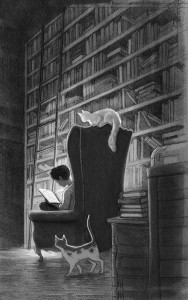
K: I noticed that The Real Boy is a mixture of pencil, ink, and possibly water color — How did you choose the style you are going to use for each book?
EM: The Real Boy felt like a much warmer story than Breadcrumbs. There are so many natural materials, animals, trees, even the magic itself feels natural in the story. I painted all of the Breadcrumbs illustrations digitally, and I didn’t think that same style would make sense for The Real Boy. So for this book, I did all of the illustrations on toned paper in pencil, and a mix of gouache, white chalk, and sometimes ink. All of them were scanned and touched up digitally, but starting out with a more natural drawing felt right for this story.
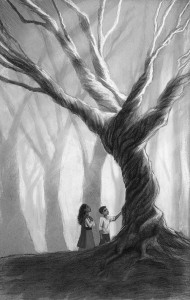
K: I also loved Darkbeast which you illustrated! Like The Real Boy and Breadcrumbs it is a middle grade fantasy novel. Many of the novels you have done the covers for or have illustrated are fantasy, but you also illustrated the new Nancy Drew Diaries — do you like illustrating fantasy or realistic fiction books better?
EM: It’s really hard to pick a favorite genre, but usually I prefer the stories that have a mix of both worlds (along the lines of Breadcrumbs, where the normal world is affected by fantasy elements in some way). Purely fantasy worlds are fun because you get to create how everything looks, how everyone dresses, and there are fewer rules. I spent a lot of time just gathering reference to create the world for The Real Boy. And I’ve always wanted to draw a fantasy map!
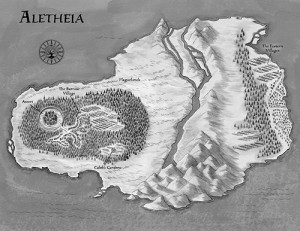
The more realistic work I’ve done (Nancy Drew) is fun in a different way because you just get to “go shopping” for those characters. I’ll go online to different clothing sites and pick out outfits for Nancy to wear. Every project has something different about it that appeals to me.
K: What are some other projects you’ve worked on?
EM: Along with Breadcrumbs and The Real Boy, I’ve worked on the Nancy Drew Diaries series, the Saranormal series, the Higher Power of Lucky series, a picture book called French Ducks in Venice, and covers for many other books. (The whole list is on my website http://www.emcguire.net/).
K: Can you share with us what projects you are working on now?
EM: I’m still working on Nancy Drew, and other projects that I’m not able to talk about yet. I’m also starting to write my own picture books, which is a totally different challenge, but exciting for me!
It is so fascinating how authors and illustrators work together. It really is magical.
Teacher’s Tools for Navigation: On top of the amazing world building and history building, Anne Ursu also writes beautifully. There are examples of figurative language usage all throughout the book. It would be an amazing piece of mentor text for writing workshop. Oh, and it would obviously be an amazing read aloud!
Discussion Questions: What makes someone human?; Do you think cats sense things that humans cannot?; If there was magic, do you think it’d make the world a better or worse place?
We Flagged: “Oscar and Callie sat in the library awhile longer, Callie scanning the books for more information, Oscar just sitting inside his mind. There were not answers about the children, but they did not even know what the questions were anymore. The world had ruptured once again. Even history could disappear under your feet.” (p. 185)
“There is a way the truth hist you, both hard and gentle at the same time. It punches you in the stomach as it puts it s loving arms around your shoulder.” (p. 206)
Read This If You Loved: The Darkbeast by Morgan Keyes, Princess Academy by Shannon Hale, Breadcrumbs by Anne Ursu, Tuck Everlasting by Natalie Babbit, Rump by Liesl Shurtliff
Recommended For:



Don’t forget to visit the other Real Boy Blog Tour Stops:
GIVEAWAY
a Rafflecopter giveaway
Thank you to Kellie at Walden Pond Press for a copy of The Real Boy for review and giveaway, for setting up the blog tour and review, and to Erin McGuire for her wonderful interview!
